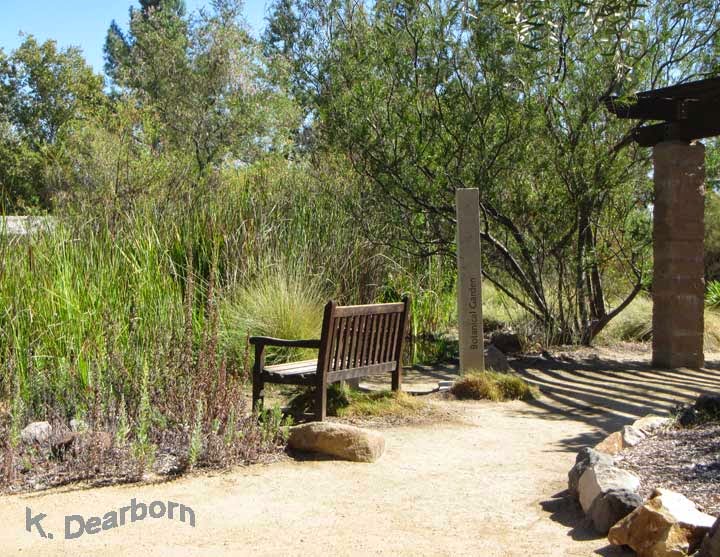
Take a minute and experience a morning in my California habitat. The plants attract insects, birds, reptiles and the occasional mammal. They also provide a healthy home for the California desert tortoises in my care.
Creating habitat means adding native plants, some for food and some for shelter. Planting natives isn't always successful in the way you envision.
The lupine I started from seed was growing quite well until the tortoises roused from their winter slumber. I guess a lupine snack was a spring tonic. In moments, my months of nursing the seed to a vigorous plant was chomped away. However, native plants help to keep the tortoises healthier.
Wildlife habitat also means staying away from insecticides and herbicides, and managing dead wood so that animals have places to nest or hide, while still eliminating fire threat. A small water source is also very important.
To see more creatures living in our wildlife habitat check out the lizards, Valley carpenter bees, gray bird grasshopper, Bewick's wrens and more on The Earth Minute - wildlife.
This week marks a year of one-minute videos sharing biodiversity and wild places from around the world on TheEarthMinute.com
To inspire your own gardening choices check out one-minute visits to L.A.'s Hidden Gardens like the Pierce College Botanical Garden pictured below.


No comments:
Post a Comment